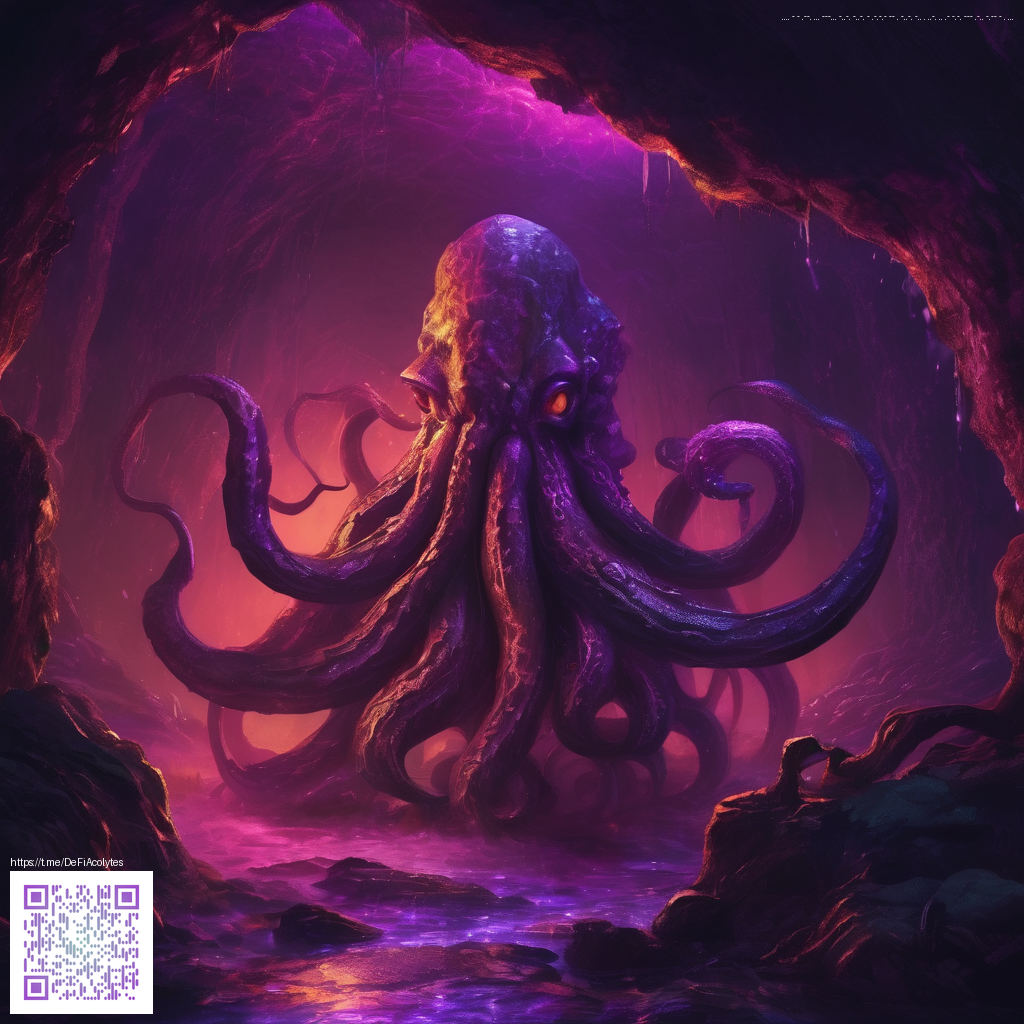
Harnessing Gradient Maps for Foil-Style Digital Paper
Digital papers that mimic foil textures have exploded in popularity because they blend subtle metallic shine with vibrant color. The secret sauce isn’t just a pretty gradient; it’s how you map tones to light and texture. By using gradient maps thoughtfully, you can craft digital sheets that glow with depth, catching the eye in both print and screen formats. This approach is especially powerful when you want a modern, premium aesthetic without the expense of real foil stamping.
Think of gradient maps as color translators. They take cleaner base images—often flat or vector-like—and reassign their hues to mimic metallic reflections. The result is a foil-like surface that plays with light as if you had actual foil sheets. When you pair this technique with carefully chosen base textures, you create a versatile digital paper that can serve digital planners, invitation designs, or product mockups with ease.
Materials and setup you’ll need
- A high-resolution base document (digital paper or a clean vector texture)
- A few gradient map presets that lean into metallic tones (silvers, bronzes, coppers, and iridescents)
- A foil texture overlay or a reflective specular layer for extra realism
- Photo editing software capable of non-destructive adjustment layers (Photoshop, Photopea, or Affinity)
- A pinch of experimentation with blend modes like Overlay, Soft Light, and Linear Dodge
As you experiment, you’ll notice the sweet spot often lies where the gradient map mirrors light sources. A cold-to-warm gradient can simulate a two-tone foil, while a multi-stop map can evoke a gentle rainbow foil. If you’re curating a set of digital papers for a storefront or a design kit, consider pairing your foil maps with a consistent color story across different papers. For a practical touch, you might test a pairings with a product that serves as a clean, glossy backdrop—for instance, the Slim Glossy Polycarbonate Phone Case for iPhone 16—to see how the foil effect reads on a real-world screen and mobile frame.
“The magic of foil-like digital paper is in the interplay between color, light, and texture. When the gradient map respects the image’s highlights, the illusion feels real.”
Step-by-step workflow to create a foil-inspired digital paper
- Start with a clean base: import your texture or create a subtle paper grain to give depth.
- Apply a gradient map: choose a metallic palette (silver-to-black, copper-to-gold, or iridescent blends) and adjust the mapping to emphasize highlights and shadow details.
- Fine-tune with blend modes: experiment with Overlay or Soft Light to merge the gradient with the texture, then add a gentle highlight layer for a reflective sheen.
- Add a foil texture overlay: place a delicate, high-frequency overlay to simulate micro-embossing and catch light in key areas.
- Test across devices: export for print and web, then review on a mobile screen to ensure the gradient mapping remains legible and luminous.
Beyond aesthetics, consider how the foil look communicates your concept. A cool, silvery foil can suggest sleek technology or winter themes, while warm copper tones evoke luxury and craft. You can also layer color via the gradient map to guide mood shifts across a collection of papers—excellent for branding that needs a cohesive yet dynamic feel. If you’re collecting inspiration or want to compare approaches, this concept aligns with ideas featured on the project page linked here: view the sampler page.
For designers building a practical workflow, keep a few constants in mind: maintain enough contrast between your foil highlights and the background, keep the gradient stops subtle enough to stay readable in small sizes, and reserve the strongest metallic notes for focal areas. A tiny tweak in direction or stop position can shift the entire feel—from a clinical chrome to a warm antique gold. In other words, gradient maps are a tool, but your eye is the final judge.